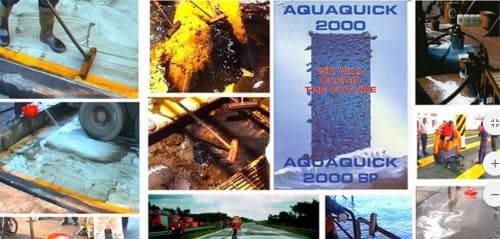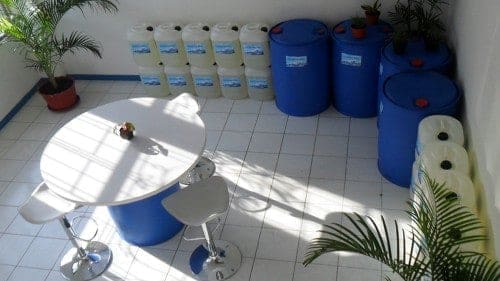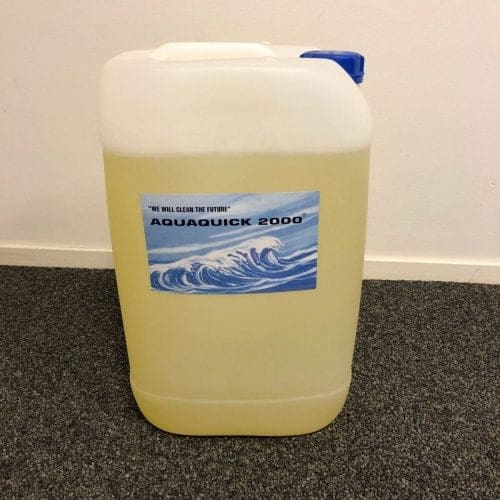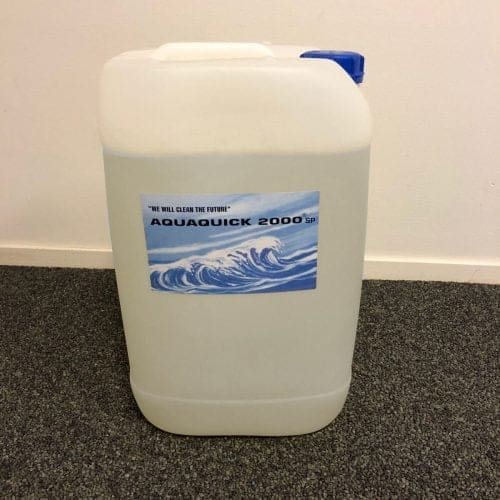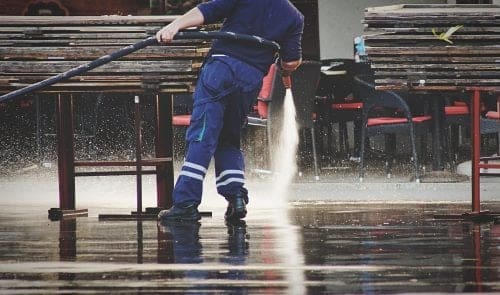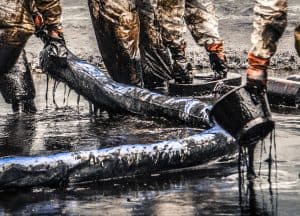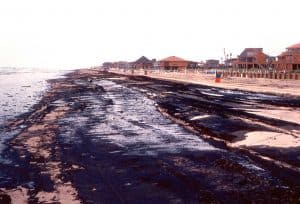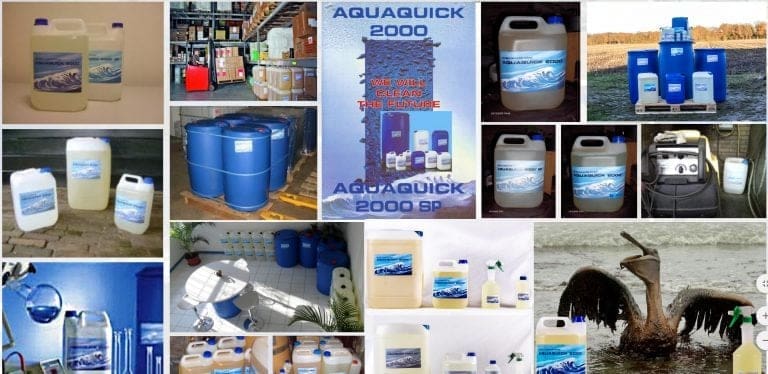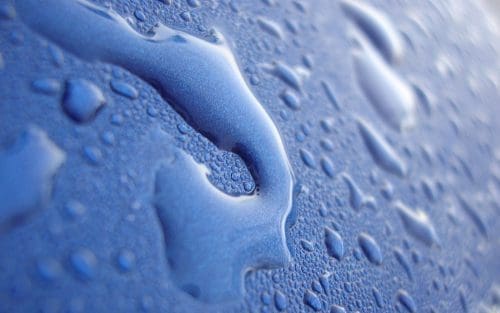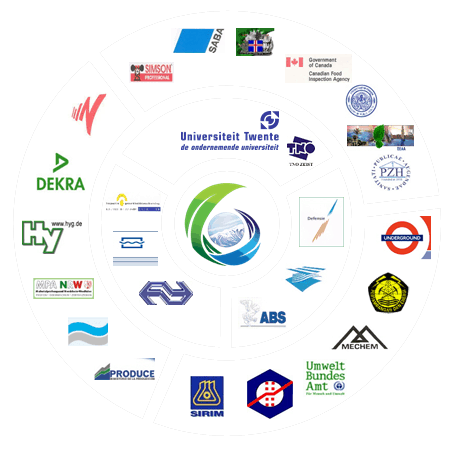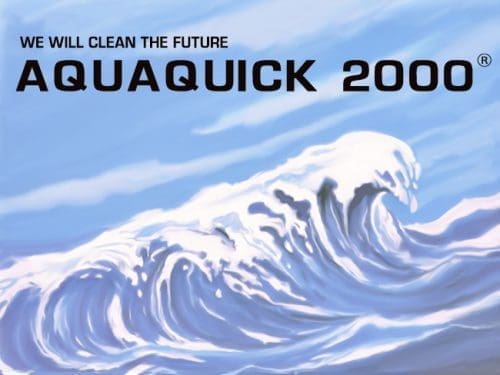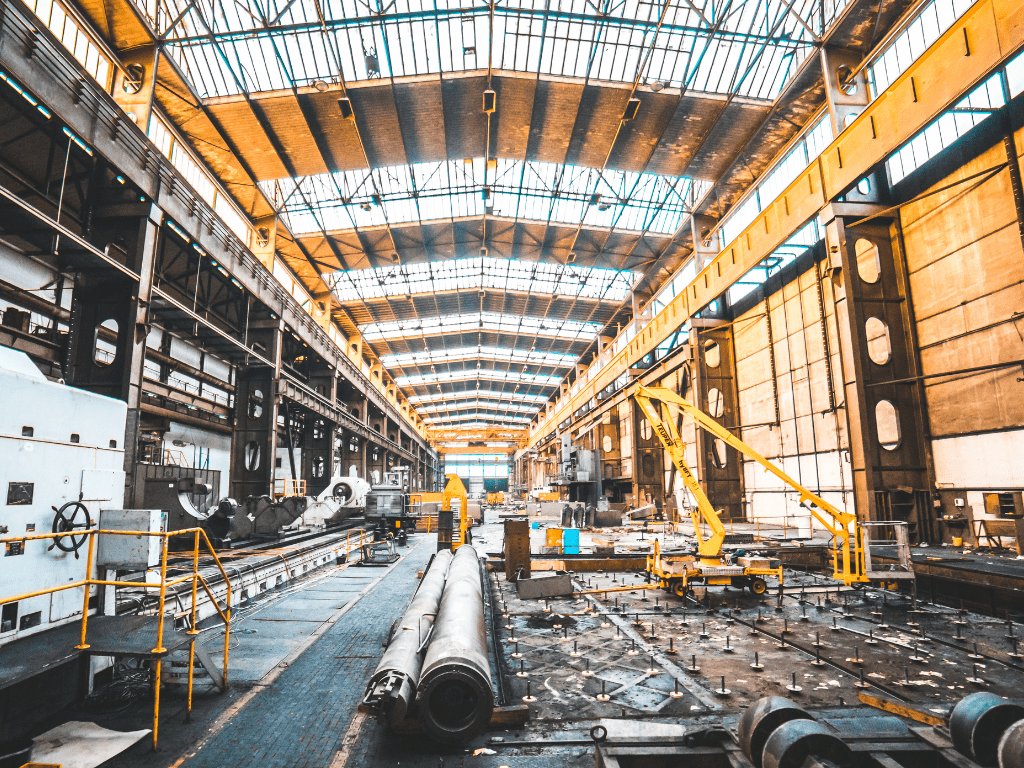Wycieki oleju w środowisku przemysłowym to katastrofy środowiskowe, które mogą powodować rozległe szkody. Niezależnie od tego, czy dochodzi do nich w fabrykach, rafineriach czy węzłach transportowych, usuwanie takich wycieków stanowi poważne wyzwanie. Im szybsza reakcja i skuteczniejsze metody oczyszczania, tym lepsze wyniki dla środowiska. W tym artykule omówiono skuteczne techniki, wyzwania i rozwiązania w zakresie usuwania wycieków oleju przemysłowego, ze szczególnym uwzględnieniem roli specjalistycznych produktów, takich jak AQUAQUICK 2000.
Zrozumienie przemysłowego usuwania wycieków oleju
Wycieki oleju przemysłowego są niebezpieczne nie tylko dla środowiska, ale także dla zdrowia i bezpieczeństwa ludzi. Im dłużej olej pozostaje na powierzchniach takich jak zbiorniki wodne, gleba lub beton, tym bardziej staje się szkodliwy. Wycieki oleju mogą być skutkiem nieszczelności rurociągów, awarii maszyn, wypadków transportowych lub klęsk żywiołowych.
Celem usuwania wycieków przemysłowych jest zapobieganie dalszemu rozprzestrzenianiu się oleju i minimalizowanie wpływu na ekosystemy. Proces oczyszczania obejmuje kilka technik, które różnią się w zależności od rodzaju oleju, środowiska i skali wycieku.
Kluczowe techniki dla Przemysłowy Usuwanie wycieków ropy
Proces czyszczenia wymaga kombinacji technik, aby zapewnić skuteczne usuwanie oleju. Oto najczęściej stosowane metody:
1. Zabezpieczenie i wysięgniki
Pierwszym krokiem w usuwaniu wycieku oleju przemysłowego jest jego zabezpieczenie. Wysięgniki są pływającymi barierami zaprojektowanymi do otaczania wycieku, zapobiegając rozprzestrzenianiu się oleju na inne obszary. Technika ta jest skuteczna na płytkich wodach i często stanowi pierwszą linię obrony przed wyciekiem oleju.
2. Odpieniacze i wózki próżniowe
Gdy olej zostanie opanowany, do usunięcia go z powierzchni używa się odpieniaczy. Urządzenia te mogą wchłaniać lub zbierać olej, który jest następnie przechowywany w zbiornikach w celu utylizacji. Ciężarówki próżniowe są również używane do wydobywania oleju z wód powierzchniowych i gleby, zapewniając bardziej bezpośrednią metodę usuwania.
3. Dyspergatory chemiczne
Chemiczne środki dyspergujące są często stosowane podczas usuwania wycieków ropy naftowej w celu rozbicia oleju na mniejsze cząsteczki, co pozwala na szybszą naturalną biodegradację. Chociaż te chemikalia pomagają przyspieszyć ten proces, nie zawsze są idealne dla każdego środowiska, zwłaszcza we wrażliwych obszarach morskich.
4. Czynniki biologiczne i bioremediacja
Bioremediacja to wykorzystanie mikroorganizmów do rozkładania oleju i innych zanieczyszczeń w środowisku. Ta naturalna metoda jest często stosowana w oczyszczaniu przemysłowym, ponieważ jest mniej szkodliwa dla ekosystemu. Jednak na wyniki trzeba poczekać.
5. AQUAQUICK 2000 do przemysłowego usuwania wycieków oleju
AQUAQUICK 2000 to wysoce skuteczny przemysłowy środek do usuwania wycieków oleju przeznaczony do usuwania oleju i zanieczyszczeń z powierzchni takich jak beton, gleba i woda. Jego unikalna formuła polega na rozbijaniu cząsteczek oleju, co ułatwia ich usuwanie. Stosowany wraz z tradycyjnymi technikami, takimi jak odtłuszczanie i ograniczanie, AQUAQUICK 2000 zwiększa wydajność procesu oczyszczania, zapewniając szybsze i pełniejsze rezultaty.
Zastosowanie AQUAQUICK 2000 w przemysłowym usuwaniu wycieków oleju znacznie skraca czas i wysiłek wymagany do wykonania zadania. Przy minimalnym wpływie na środowisko, produkt ten jest istotną częścią nowoczesnych strategii usuwania wycieków oleju.
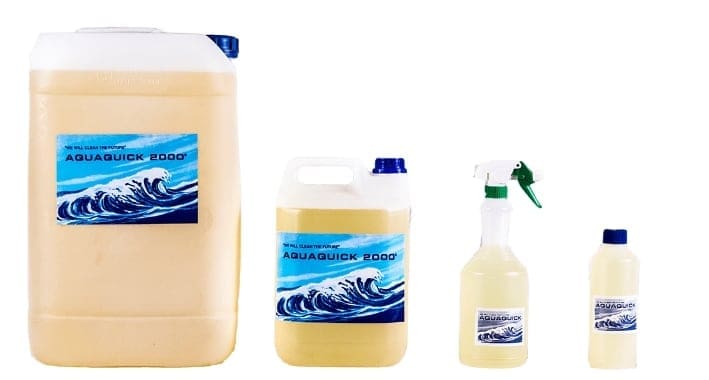
Wyzwania związane z przemysłowym usuwaniem wycieków oleju
Pomimo dostępności różnych technik i produktów, takich jak AQUAQUICK 2000, usuwanie przemysłowych wycieków oleju jest obarczone wieloma wyzwaniami. Niektóre z najczęstszych wyzwań obejmują:
1. Skala i lokalizacja wycieku
Duże wycieki, zwłaszcza te w odległych lub trudno dostępnych lokalizacjach, mogą być trudne do opanowania. Opanowanie takich wycieków może trwać dłużej, a do ich usunięcia może być wymagany specjalistyczny sprzęt. Oddalone obszary stanowią również wyzwanie logistyczne, opóźniając czas reakcji i zwiększając szkody środowiskowe.
2. Rodzaj rozlanego oleju
Różne rodzaje olejów różnią się lepkością, składem chemicznym i zachowaniem po rozlaniu. Ciężkie oleje mogą tonąć, podczas gdy lżejsze pływają, wymagając różnych technik oczyszczania. Właściwości oleju odgrywają znaczącą rolę w określaniu najbardziej skutecznego podejścia do oczyszczania.
3. Wpływ na środowisko
Niektóre tradycyjne metody usuwania skutków wycieków ropy mogą mieć wtórny wpływ na środowisko. Na przykład chemiczne środki dyspergujące rozkładają olej, ale mogą również wprowadzać toksyczne substancje do środowiska. Kluczowe znaczenie ma wybór metod, które minimalizują dodatkowe szkody, i właśnie w tym miejscu do gry wkracza AQUAQUICK 2000, który oferuje bardziej przyjazne dla środowiska rozwiązanie.
Innowacyjne rozwiązania do przemysłowego usuwania wycieków oleju
Aby sprostać wyzwaniom związanym z wyciekami oleju przemysłowego, opracowywanych jest kilka innowacyjnych rozwiązań. Rozwiązania te mają na celu poprawę szybkości i wydajności czyszczenia przy jednoczesnym zminimalizowaniu szkód dla środowiska.
1. Nanotechnologia i zaawansowane sorbenty
Ostatnie postępy w nanotechnologii doprowadziły do opracowania wysoce wydajnych sorbentów, które mogą skuteczniej absorbować i usuwać olej z powierzchni. Sorbenty te mogą być szybko stosowane na dużych obszarach, usprawniając ogólny proces oczyszczania.
2. Zdalne monitorowanie i drony
Drony i systemy zdalnego monitorowania zrewolucjonizowały sposób zarządzania wyciekami ropy. Drony mogą latać nad dotkniętymi obszarami, aby ocenić zasięg wycieku, podczas gdy czujniki mogą śledzić rozprzestrzenianie się ropy w czasie rzeczywistym, umożliwiając szybsze podejmowanie decyzji i bardziej precyzyjne reagowanie.
3. Zaawansowane szkolenie dla zespołów reagowania na wycieki
Skuteczność usuwania skutków wycieków ropy zależy od umiejętności i przeszkolenia zespołów reagowania. Ciągłe badania i specjalistyczne programy szkoleniowe zapewniają, że zespoły są przygotowane na każdy scenariusz, zwiększając prawdopodobieństwo pomyślnego oczyszczenia.
Wnioski
Usuwanie przemysłowych wycieków oleju jest złożonym i ciągłym wyzwaniem, ale dzięki odpowiednim technikom i produktom, takim jak AQUAQUICK 2000, możliwe jest zmniejszenie wpływu wycieków na środowisko. Istnieje wiele sposobów rozwiązania tego problemu, od ograniczania i usuwania wycieków po innowacyjne rozwiązania, takie jak nanotechnologia i drony. Korzystając z najlepszych dostępnych metod i produktów, branże mogą zapewnić, że są gotowe do wydajnego i skutecznego radzenia sobie z wyciekami ropy.

